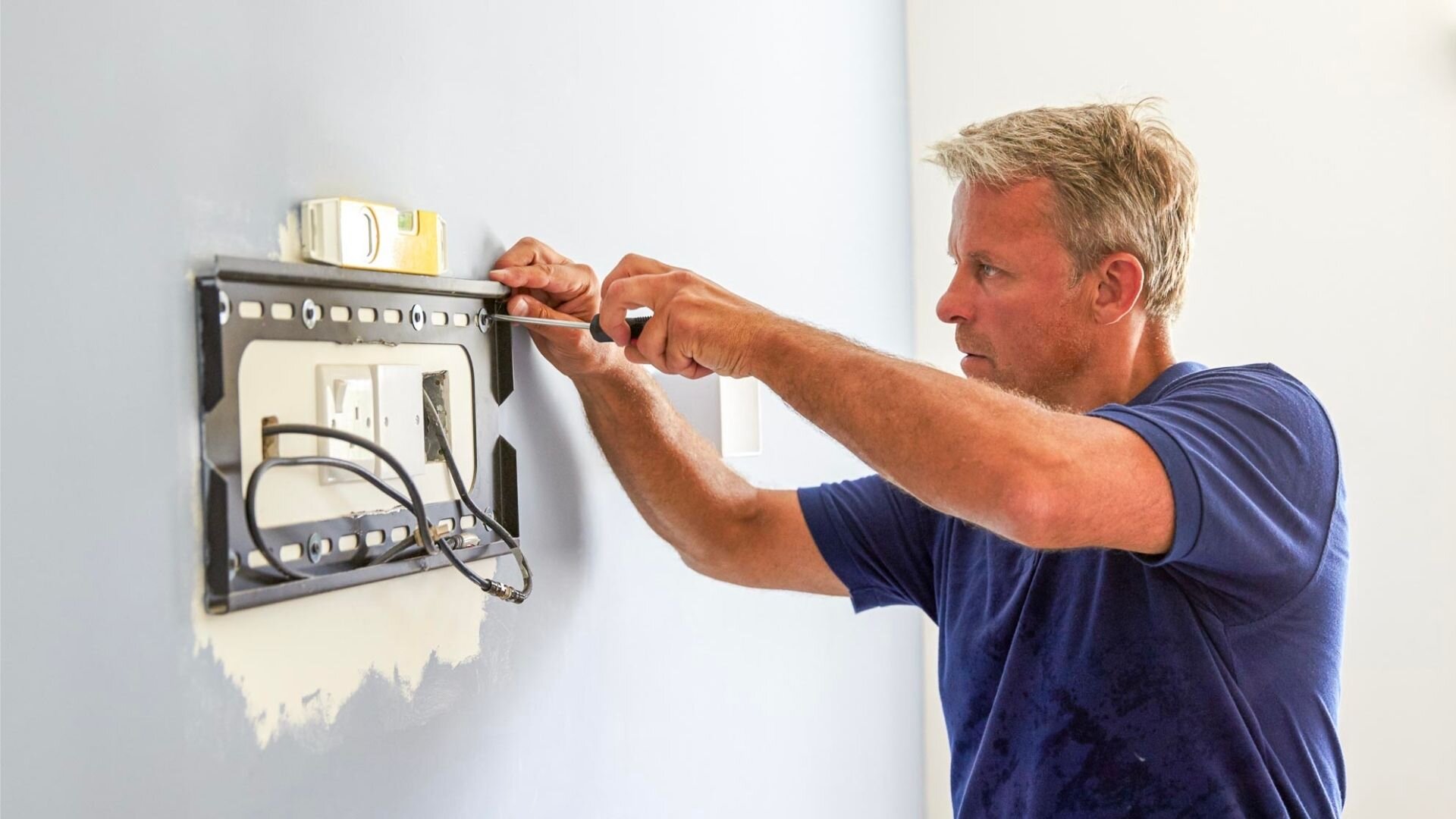
At Enersol, our residential electrical services specialize in smart home appliance installation and integration across the Gold Coast. In today's rapidly evolving digital landscape, smart home appliances have emerged as game-changers, revolutionising how we interact with our living spaces. From voice-controlled assistants to automated lighting systems, these intelligent devices offer convenience, comfort, and energy efficiency.
But to really make the most of these devices, it’s crucial to know how to properly install and integrate them into your home. Learn more about residential wiring guide. In this blog, we’ll explore smart home appliances and share expert tips and guidance on getting them up and running. Get set to transform your living space and embrace a truly connected home.
Understanding Smart Home Appliances
Smart home appliances are now a key part of modern living, bringing convenience, efficiency, and more control to our daily lives. They come packed with advanced tech and connectivity features, allowing interaction with users, other devices, and the internet seamlessly.
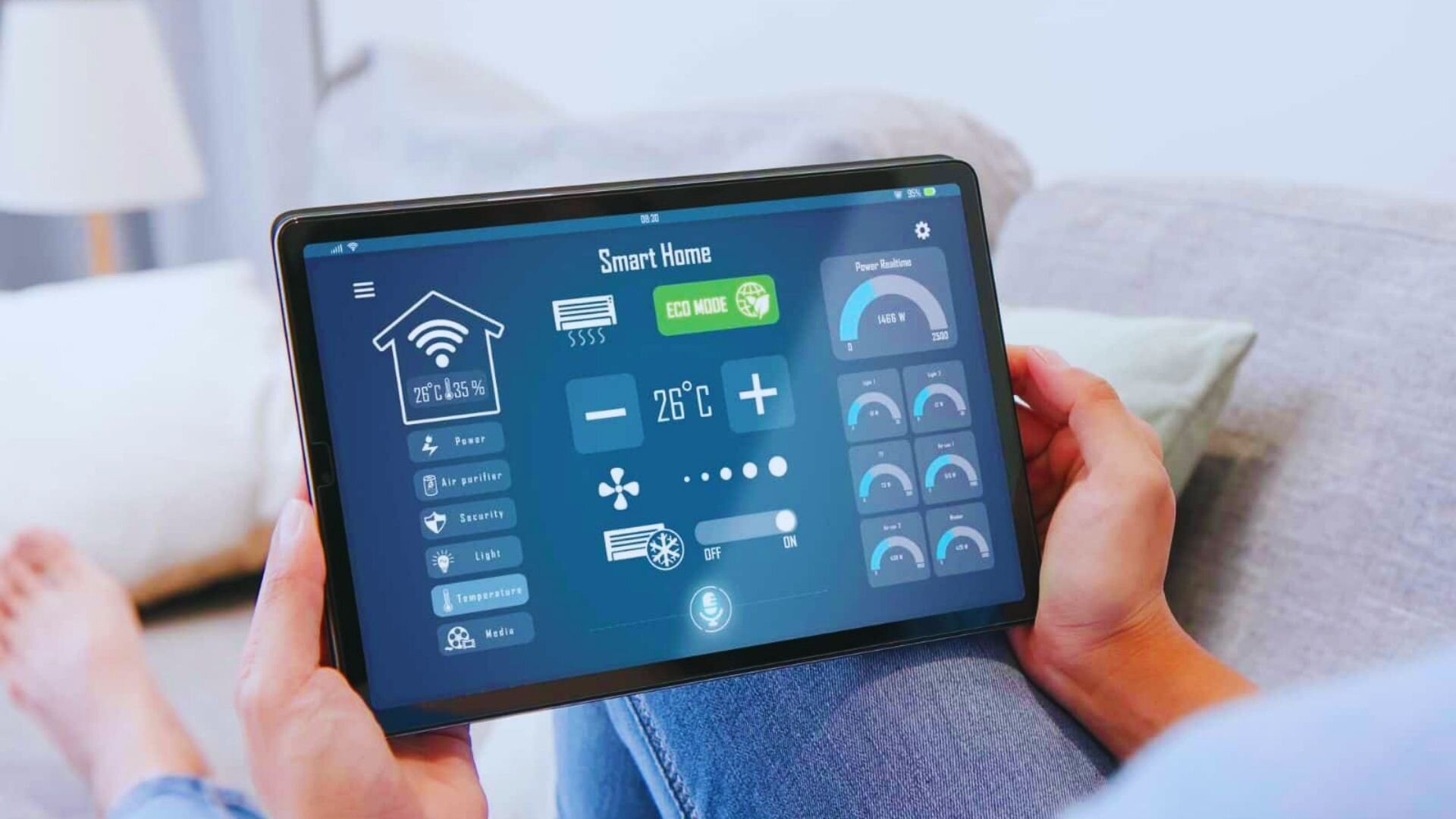
Examples of smart home appliances include smart thermostats, lighting systems, security cameras, and kitchen appliances. What sets these appliances apart is their ability to be controlled remotely through mobile apps or voice commands, allowing users to monitor and manage their homes from anywhere.
Featuring energy monitoring, scheduling, and integration with virtual assistants, smart home appliances offer impressive benefits like enhanced energy efficiency, better security, and personalised automation.
Selecting Smart Home Appliances
When selecting smart home appliances, it’s essential to consider your specific needs and priorities. Start by identifying the areas of your home where you want to introduce smart technology and the tasks you wish these appliances to perform. Do you want to automate lighting, enhance home security, or streamline kitchen operations? Once you have a clear idea of your requirements, research different brands and models to find the ones that best align with your needs.
Compatibility is a crucial factor to consider. Ensure your smart home appliances are compatible with your existing devices and systems. Some appliances require a central hub or a specific communication protocol to work seamlessly, so ensure they integrate well with your home’s infrastructure.
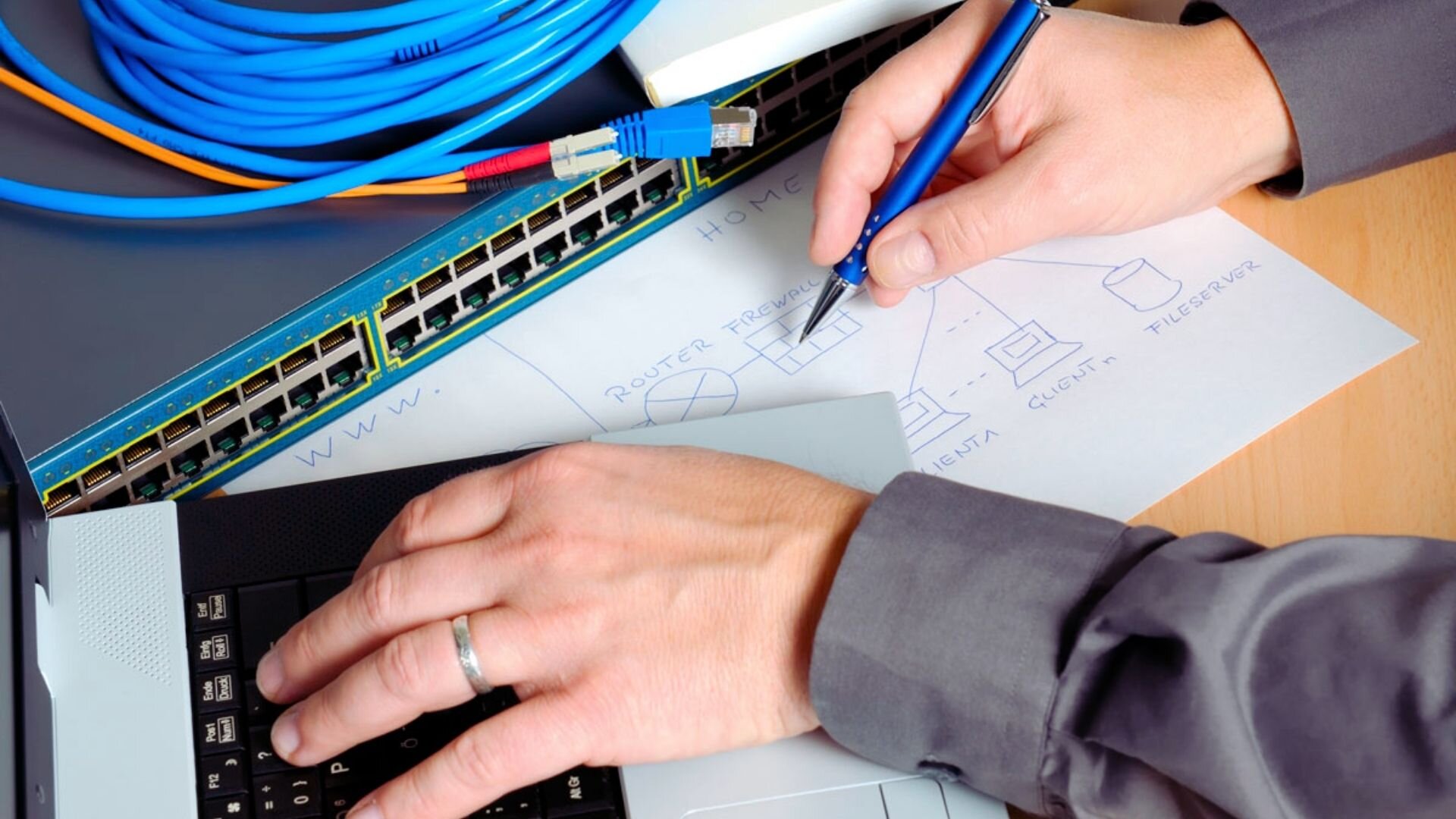
Comparing features is another essential step in the selection process. Look for smart electrical appliances that offer the functionalities you desire. For example, energy monitoring, scheduling, and compatibility with voice assistants might be vital for a smart thermostat. Read product reviews and user experiences to gain insights into the performance and reliability of different models.
Budget is also a significant consideration. Smart home appliances can vary widely in price, so determine your budget range early on. Remember to factor in additional costs, such as installation or compatibility accessories, when assessing the overall affordability of a particular appliance. Lastly, consider the long-term benefits and potential for future expansion. Look for appliances with a track record of regular firmware updates and ongoing support from the manufacturer. This ensures your devices stay updated with the latest features and security patches.
Pre-Installation Preparation
Proper pre-installation preparation is the key to a seamless and hassle-free experience when transforming your house into a smart home. Whether you’re installing a smart thermostat, security cameras, or a home automation system, following these essential steps will ensure a successful integration of your smart home appliances.
Plan Your Setup
Before you dive into the installation process, take some time to plan your smart home setup. Identify the appliances you want to integrate, their locations, and how they will work together. This will help you create a clear roadmap for your installation.
Check Compatibility
Not all smart devices sync up perfectly. Make sure the appliances you pick will work with your current tech and the smart home setup you’re planning. Also, ensure they’re compatible with voice assistants like Amazon Alexa or Google Assistant.
Secure Your Network
A robust and secure Wi-Fi network is the backbone of any smart home. Update your router’s firmware, change default passwords, and consider a network upgrade. Strong, reliable Wi-Fi ensures a smooth connection for all your smart devices.
Prepare Mounting Locations
If your smart appliances require mounting or installation in specific areas, ensure those locations are ready. Clear wall space and electrical outlets, and ensure proper wiring for hardwired devices.
Gather Tools and Accessories
Collect all the necessary tools and accessories required for installation. This may include screwdrivers, drill bits, wire connectors, and cable management solutions.
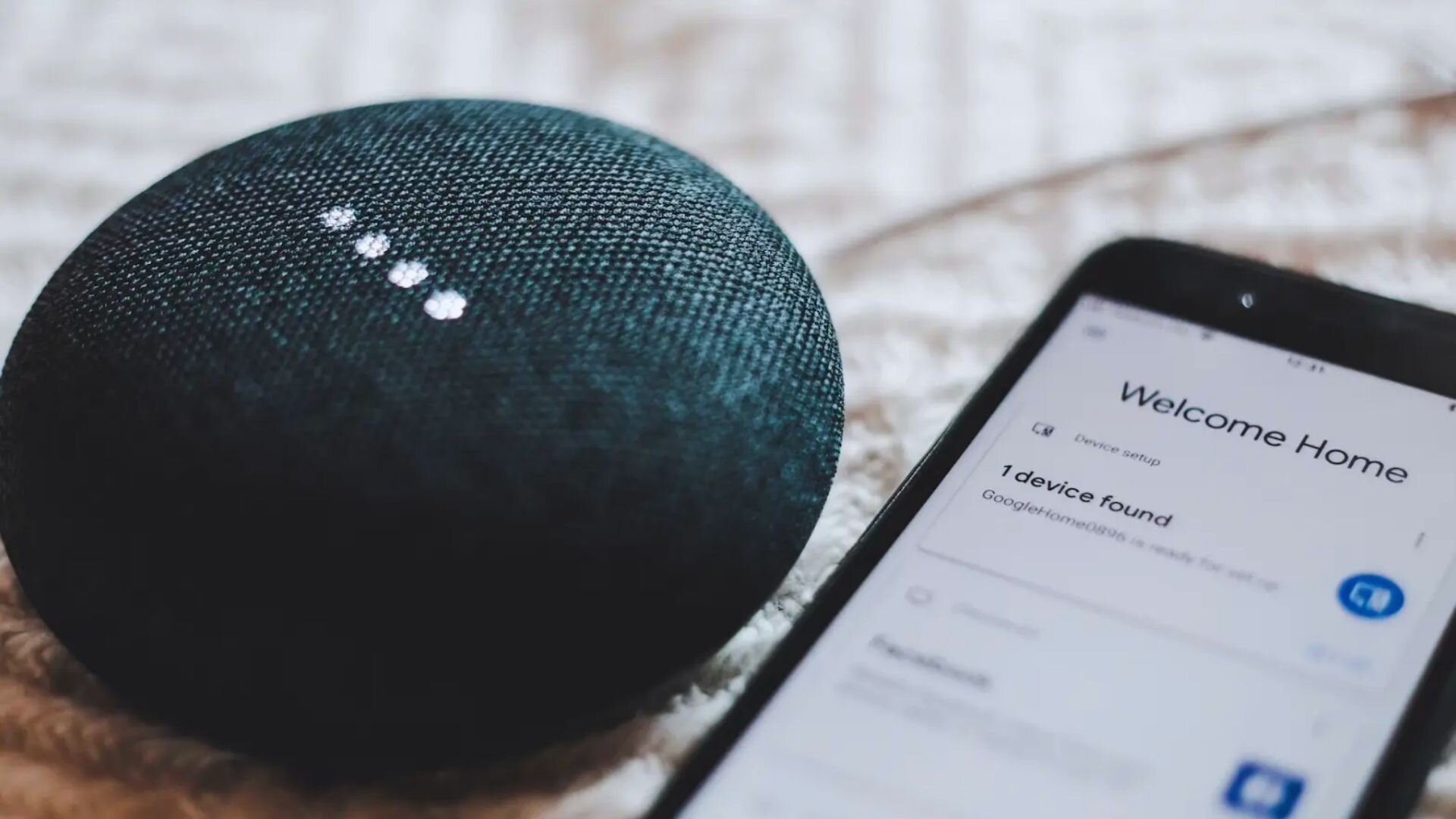
Review Installation Guides
Carefully read each smart appliance’s installation guides and manuals before starting. Understanding the manufacturer’s instructions is crucial to avoid mistakes during installation.
Consider Power Sources
Ensure you have access to power sources for your devices. Some require standard electrical outlets, while others rely on batteries or USB chargers. Plan accordingly.
Create Backup Plans
Have a backup plan in case of unexpected issues or complications during installation. Knowing how to troubleshoot common problems can save you time and frustration.
Account Setup
If your smart appliances require an account or app setup, create these accounts in advance. This will streamline the installation process and allow for a smoother integration.
Test Your Devices
Before finalising the installation, perform a test run. Ensure each device functions as expected and communicates with your chosen control hub or smartphone app.
Troubleshooting and Maintenance
Maintaining the functionality of your smart home appliances is just as important as their initial installation. To keep your devices running smoothly, regularly troubleshoot and perform routine maintenance.
Begin by checking for software updates and installing them promptly. These updates often include bug fixes and performance improvements.
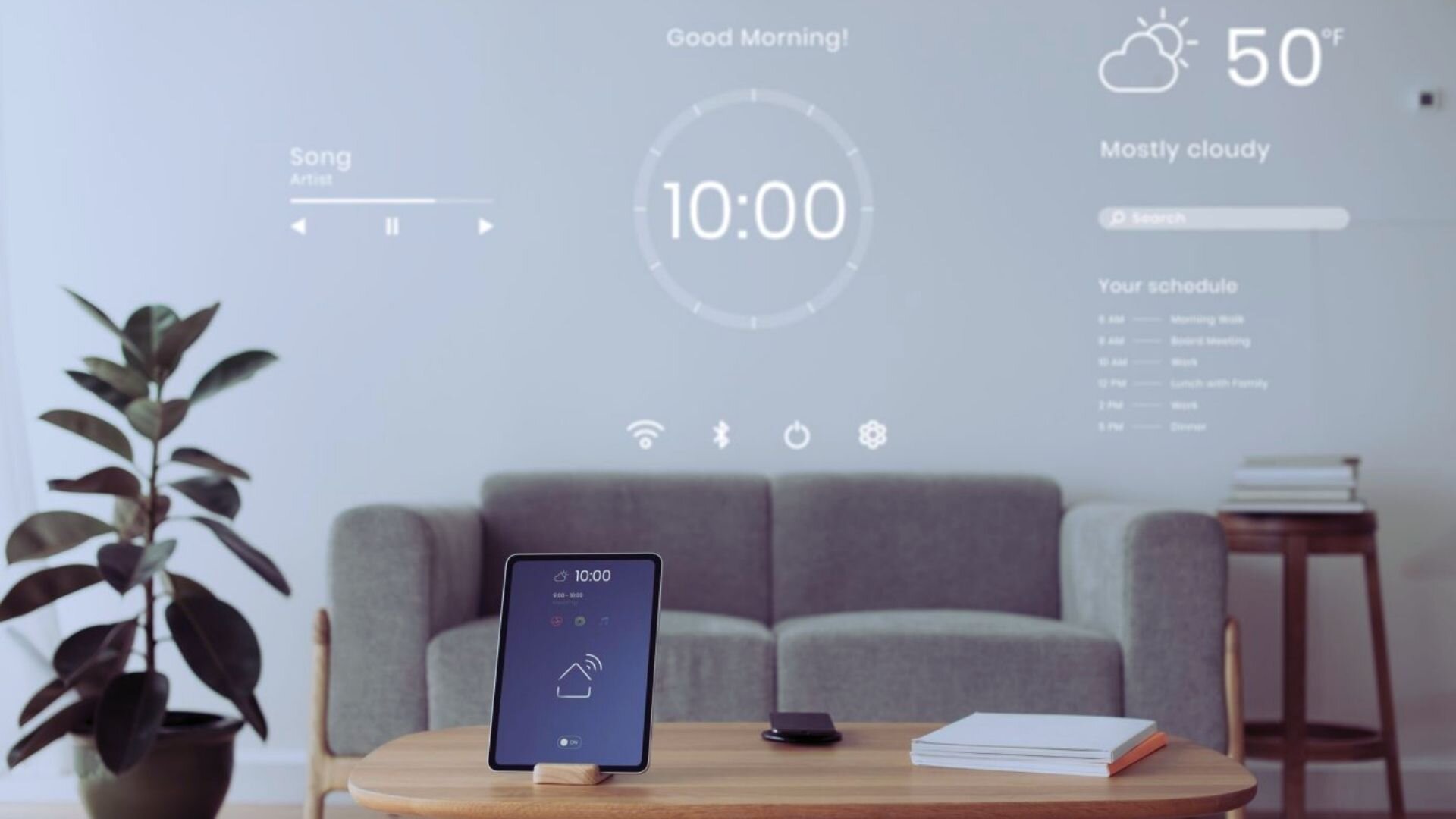
If you run into connectivity problems, make sure your Wi-Fi network is strong and steady. Sometimes, just rebooting your devices or router can clear up those little hiccups.
Monitor device logs or notifications for any irregularities that may require your attention. By addressing problems proactively and maintaining your smart home ecosystem, you’ll enjoy a seamless and hassle-free experience.
Transform Your Home with Smart Appliances
In conclusion, installing and integrating smart home appliances opens up a world of convenience, efficiency, and enhanced living experiences. By following the tips and guidance in this blog, you can successfully incorporate these intelligent devices into your home and enjoy their benefits.
Here at Enersol Electrical, we specialise in smart home installations and love turning houses into smart, connected homes. Our experts are on hand to help you choose the right appliances, ensure everything integrates smoothly, and provide professional installation services. Reach out to us with any questions or assistance you may need on your smart home journey.
Jump into the future of home automation, and let Enersol Electrical assist you in tapping into the full potential of smart home appliances. Experience the convenience, comfort, and energy efficiency of a truly connected home. Contact us today!